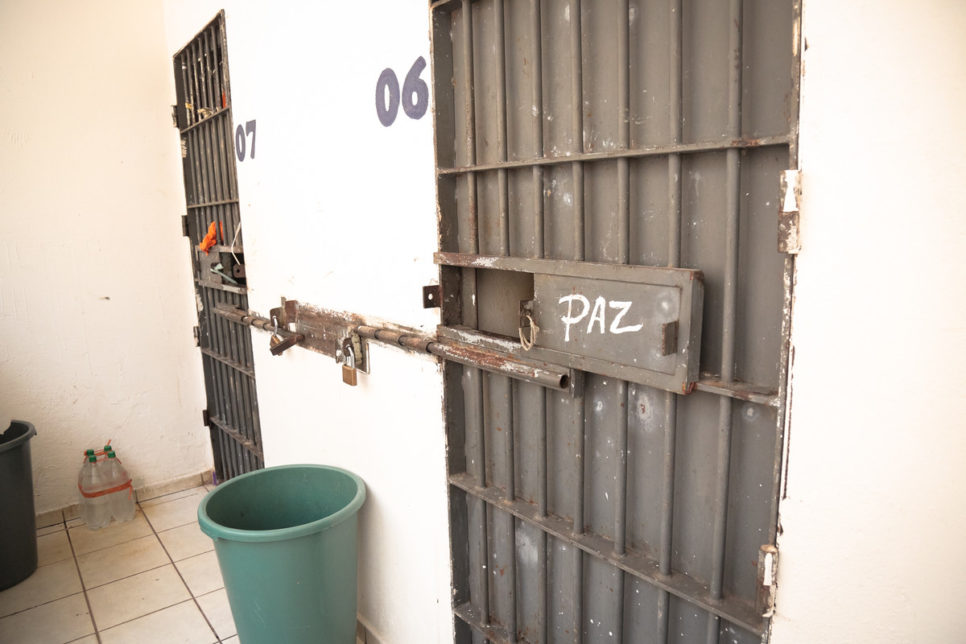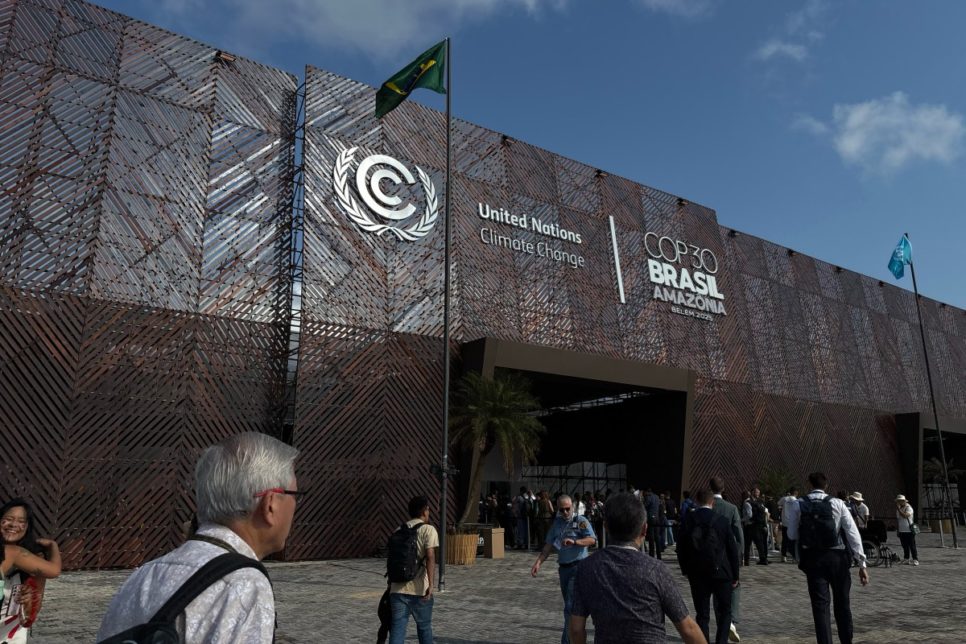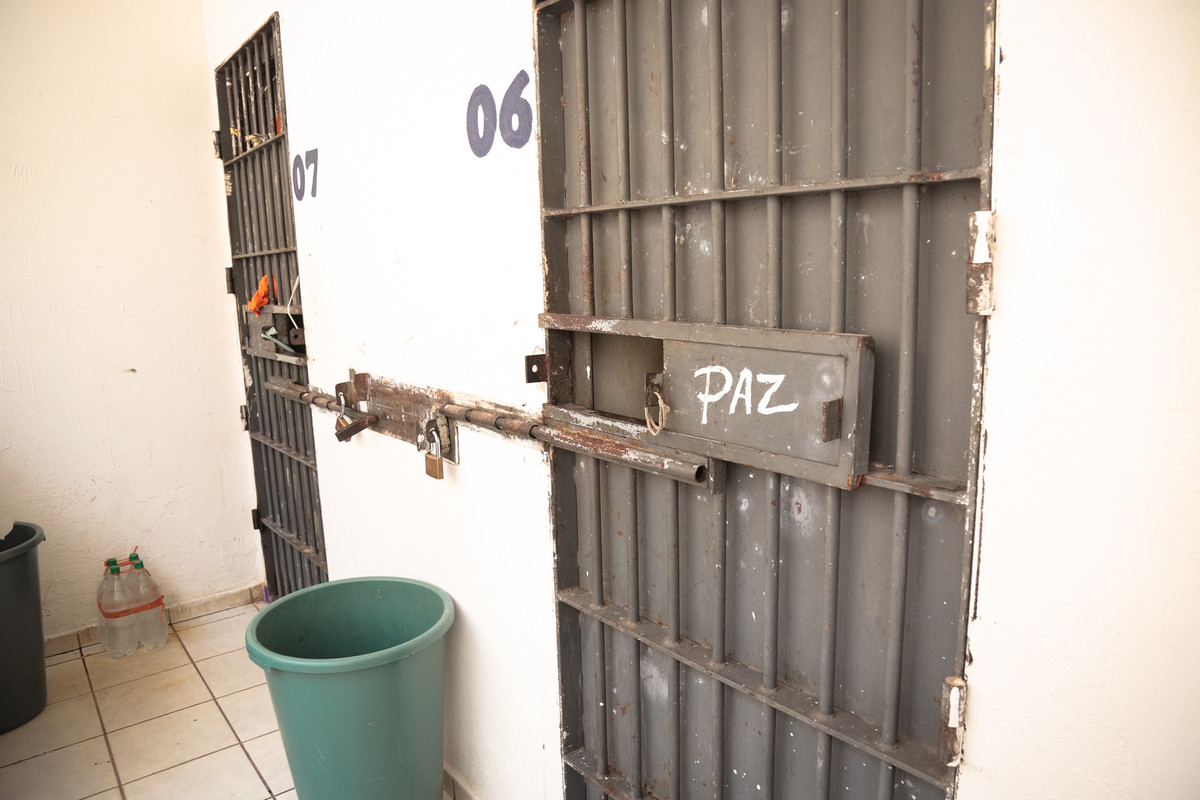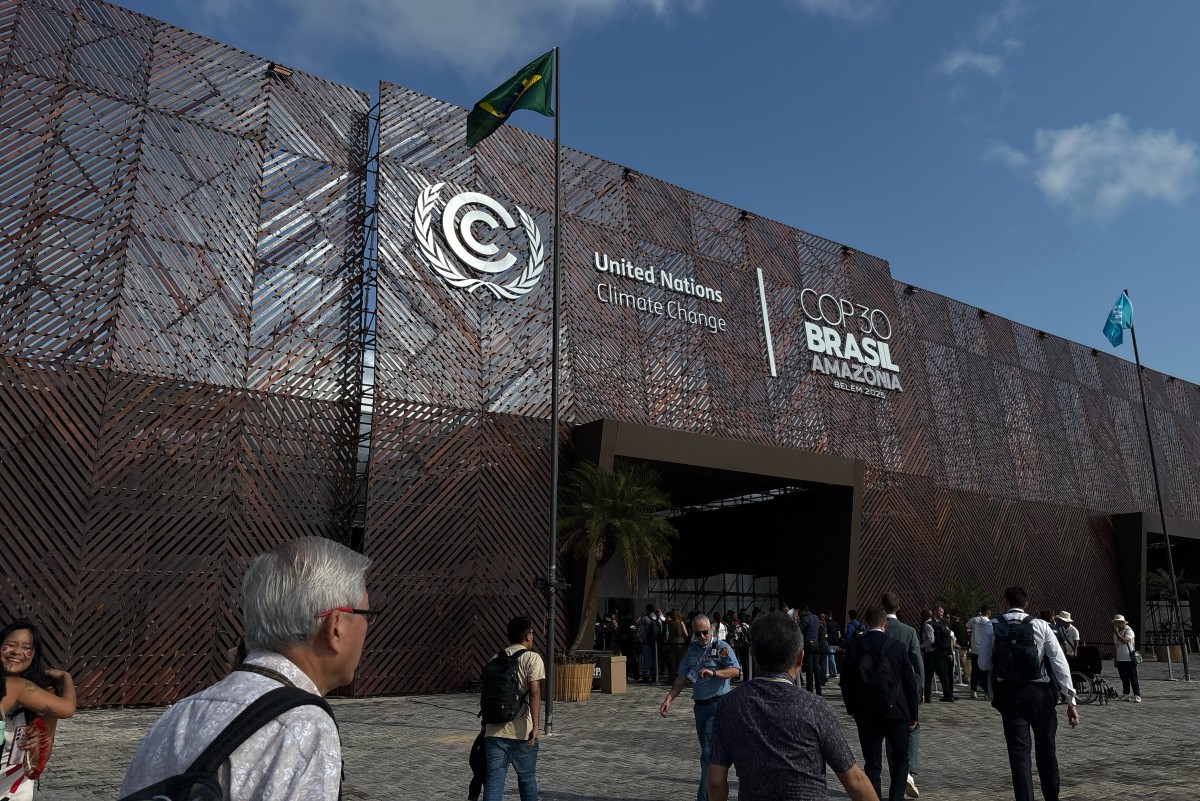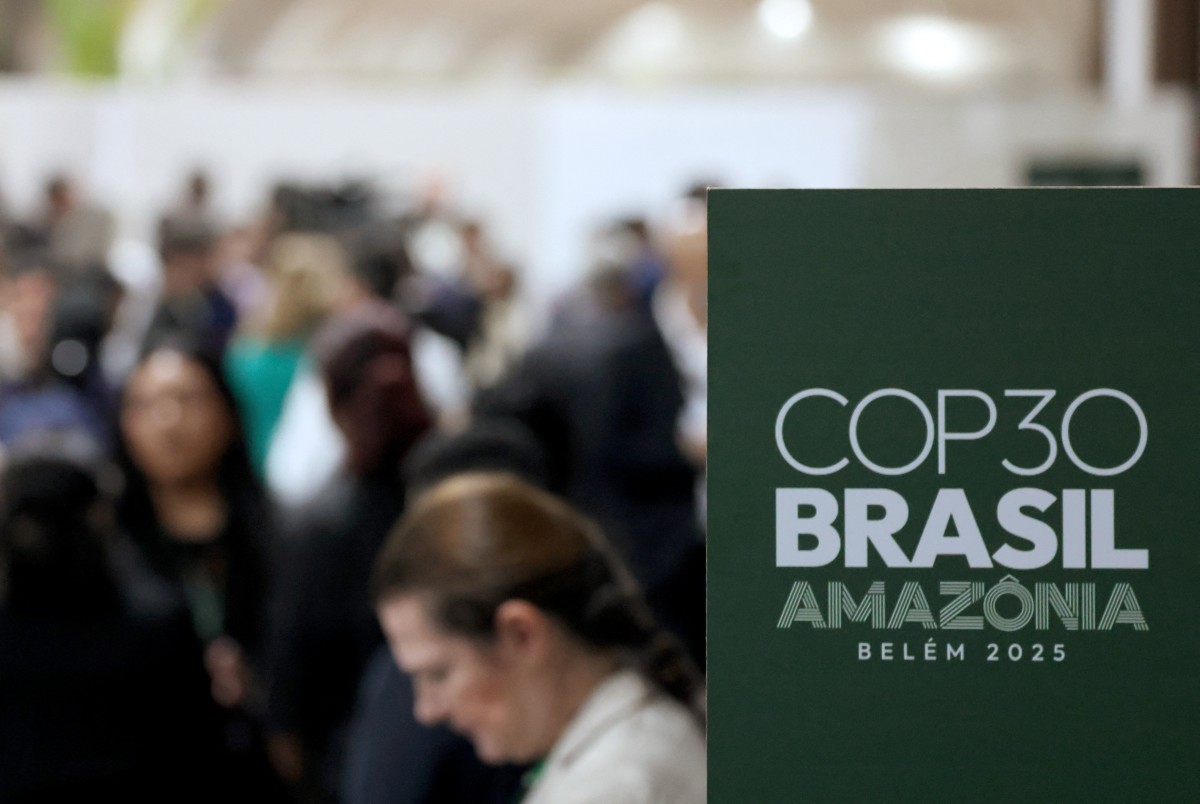Research examines impacts of BNDES-supported projects in others four countries
From 1998 to 2015, the bank paid out around US$10 billion for infrastructure work carried out by Brazilian companies.

In 17 years, the BNDES channelled over US$ 10 billion to exportation by Brazilian engineering and civil construction companies in Latin America and Africa. The report ‘National Bank, Global Impacts: BNDES support for the exportation of engineering goods and services and the effects on the environment and human rights’ examines these projects and suggests ways of protecting rights.
From 1998 to 2015, the BNDES played a leading role in the Global South, through credit concessions that enabled the expansion of Brazilian companies’ overseas activities, particularly those related to infrastructure. However, the price of this progress was social and environmental impacts at construction sites that were supported by the Bank.
In addition to highlighting omissions in planning and the execution of construction work, the research also assesses concrete impacts, seen in four case studies and based on this analysis it proposes positive changes in socio-environmental management of projects linked to the Pós-Embarque line, that supports infrastructure projects overseas.
Read more
“Although financing of the exportation of engineering goods and services does not represent a majority percentage of BNDES operations, the accumulated volume over the past two decades is high in absolute terms. The proposal of the study was to deepen the debate surrounding the BNDES’ socio-environmental responsibility in its role as a credit agency for exportation. The recommendations contain environmental and human rights protection measures that should be incorporated and improved in order to prevent, manage and repair socio-environmental impacts of overseas projects supported by the BNDES.” Explains Caio Borges, Coordinator on the Development and Socio-environmental Rights Programme at Conectas.
Hydroelectric plants, highways and airports: case studies
The Hydroelectric Plant at Manduriacu project built by Odebrecht in Ecuador received support of US$90 million. Construction work affected the Cotacachi Ecological Reserve that serves as a ‘buffer zone’, protecting the biome and also caused negative impact on eight communities, home to around 2,500 people. In addition the Plant generates enough energy for around 300 thousand people, but those living in the affected areas have not benefited from this.
In Peru the Chaglla Hydroelectric Plant received US$340 million from the BNDES and had a direct and indirect impact on a population of almost 2,500 people. At the time of the construction work, local communities saw a migratory influx of over 3,500 workers which led to an increase in incidents of violence, prostitution, alcoholism and drug trafficking.
The Honduras Logistical Corridor, received support of US$145 million for the construction of two stretches of highway. This directly affected 30 thousand inhabitants in 15 municipalities. Although the BNDES has not made evaluation and monitoring documents available regarding socio-environmental impacts, it is known that the construction work has led to the intensification of erosion on hillsides and the involuntary displacement of the population.
In Mozambique, the BNDES disbursed US$175 million for the construction of the Nacala International Airport. The estimated number of passengers passing through the airport was 600 thousand per year, whilst current movement is only 20 thousand. The contract and analysis report pertaining to the first financing does not mention environmental and social issues and the project as a whole is marred by problems of transparency.
Recommendations
In the face of the violations encountered throughout the study and based on analysis of BNDES Socio-Environmental Policy and the practices of around ten development agencies and banks, the study proposes a series of measures that can be adopted by the Bank to prevent and mitigate the impact of its operations involving the financing of the exportation of goods and services.
“One of the suggestions we make, regarding transparency, is that the Bank should actively publish information on the socio-environmental aspects of projects, such as analyses by internal departments and comments by external auditors.” Caio commented. “We also stress the importance of a critical examination of impact studies presented by entrepreneurs and local authorities, as well as participative monitoring mechanisms and indicators of impacts in the medium and long term, after disbursement.”
